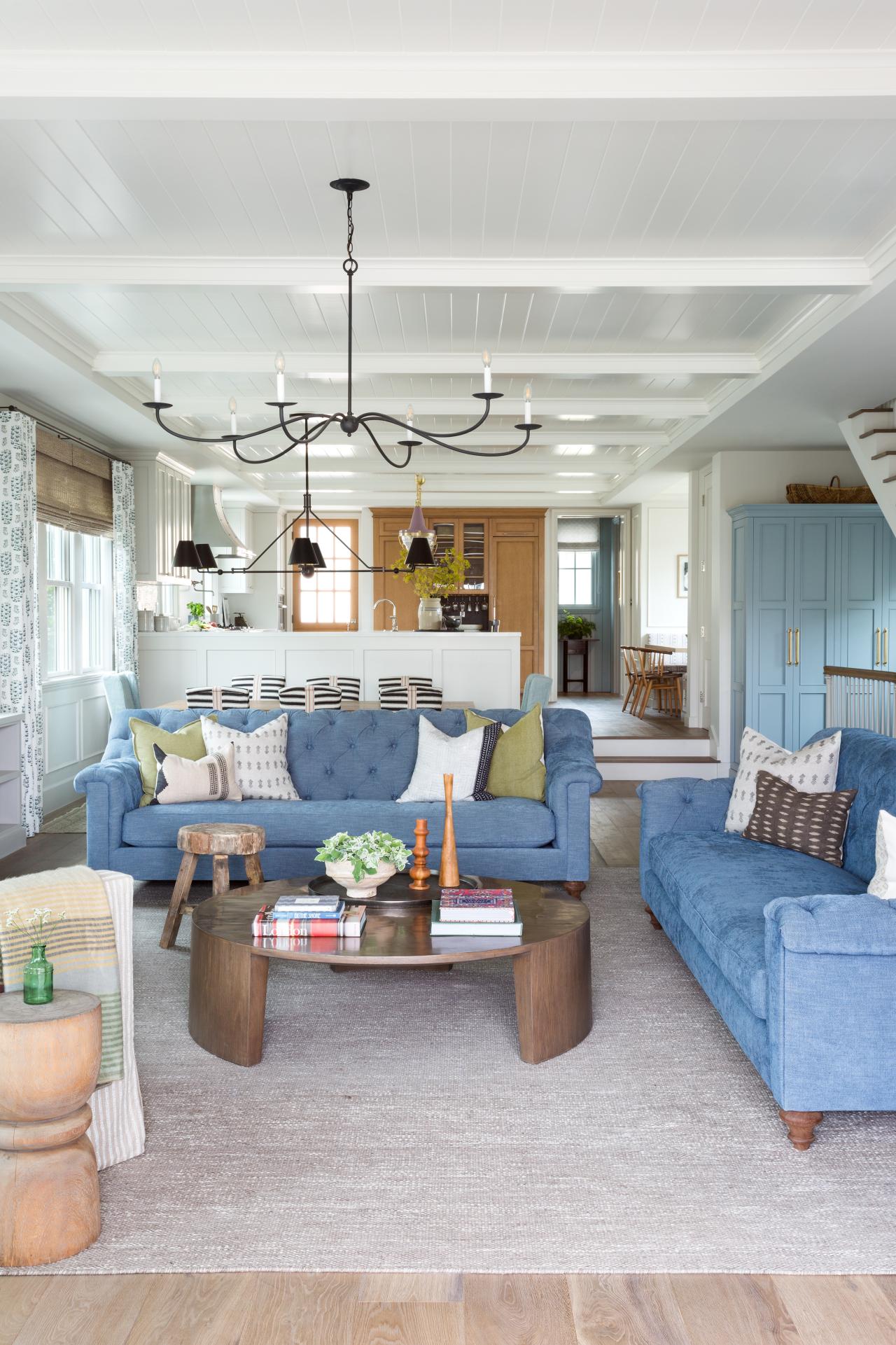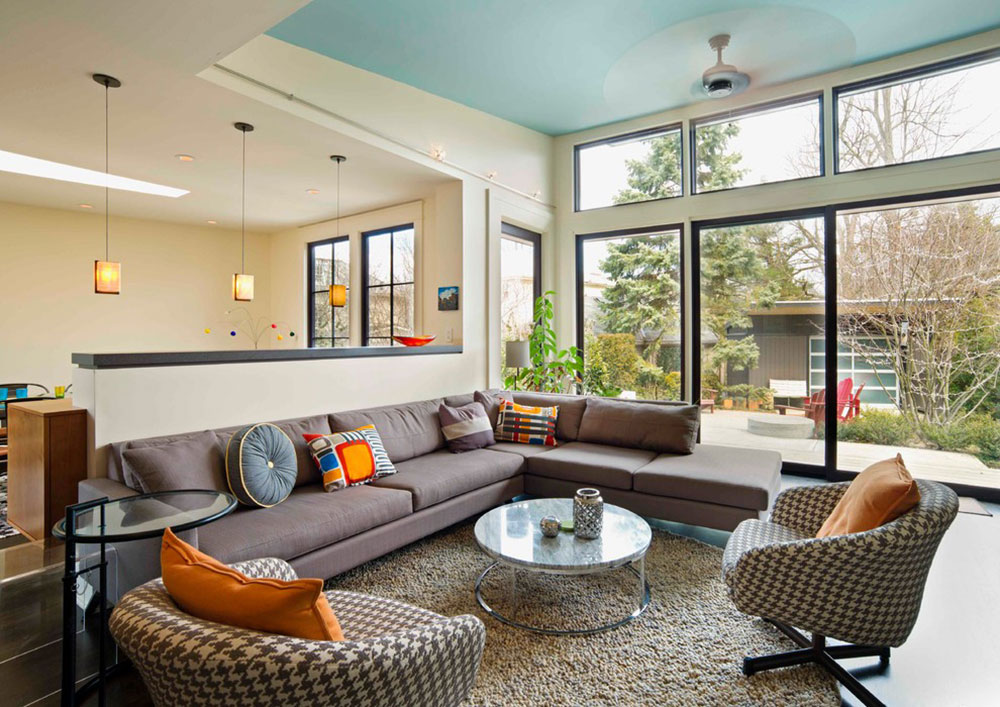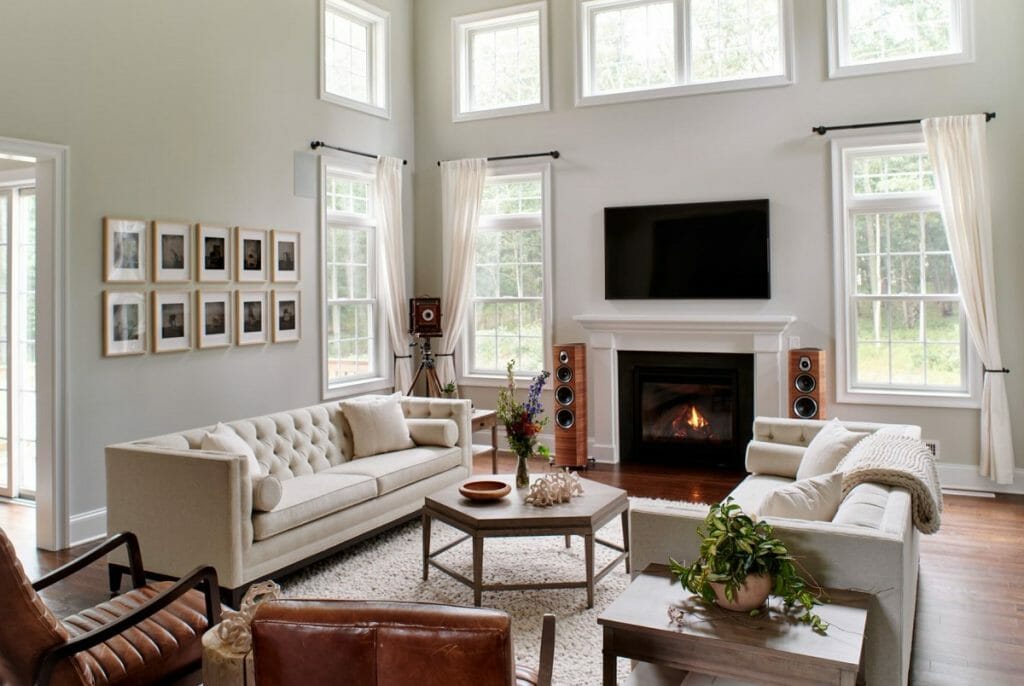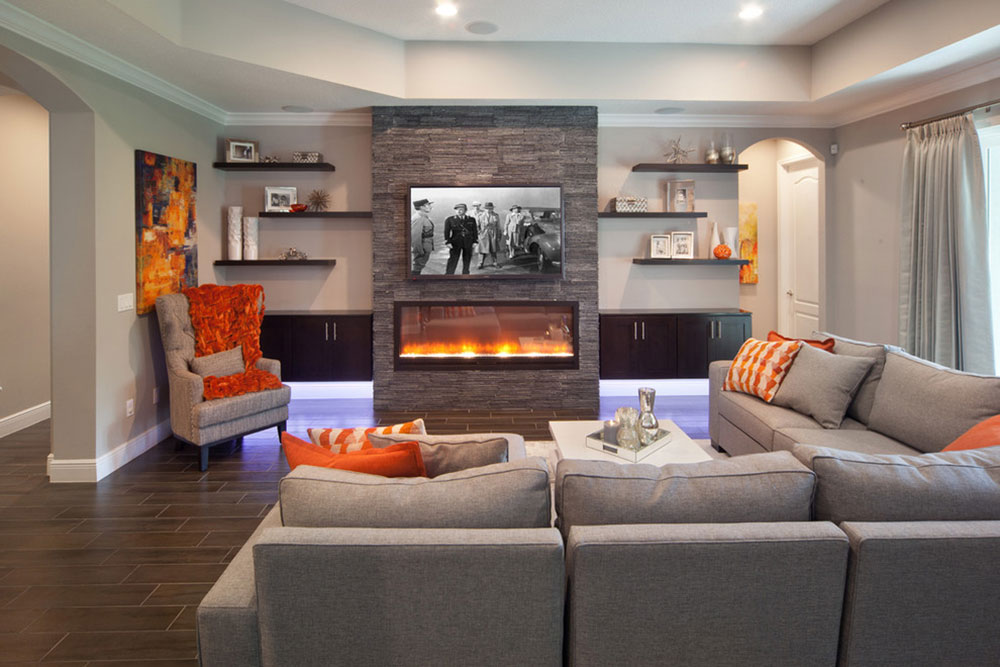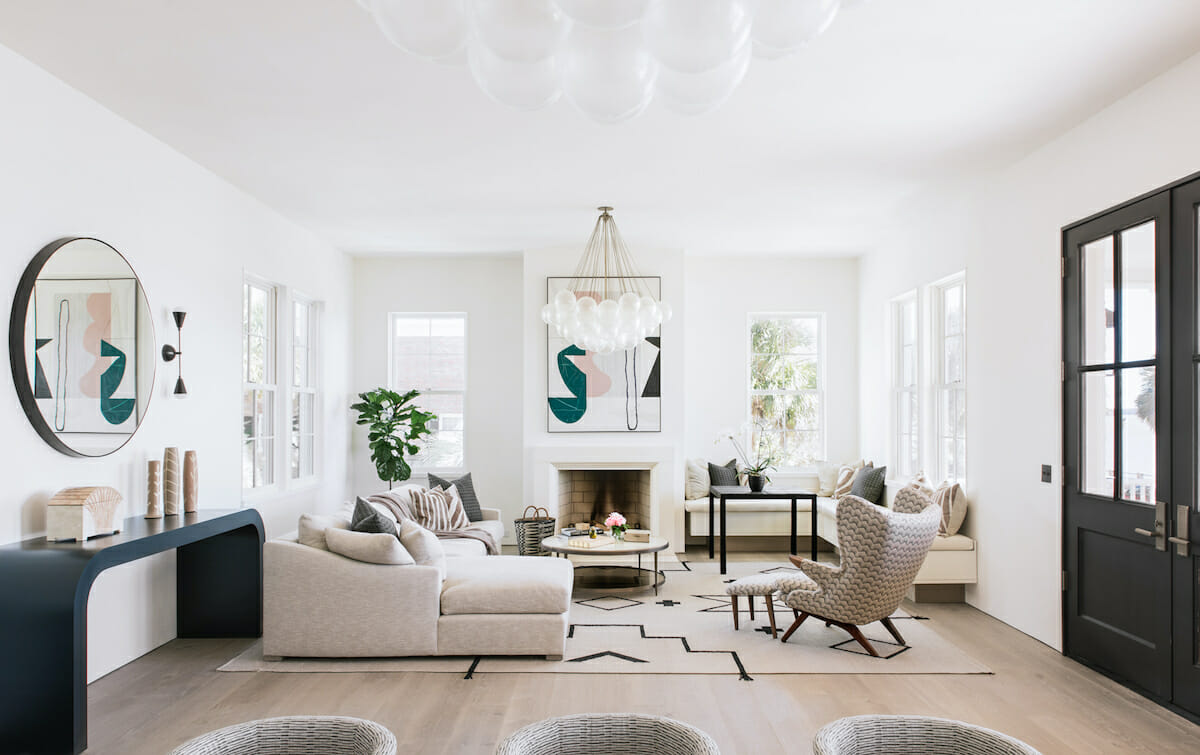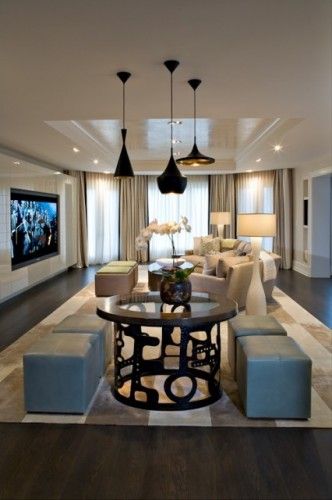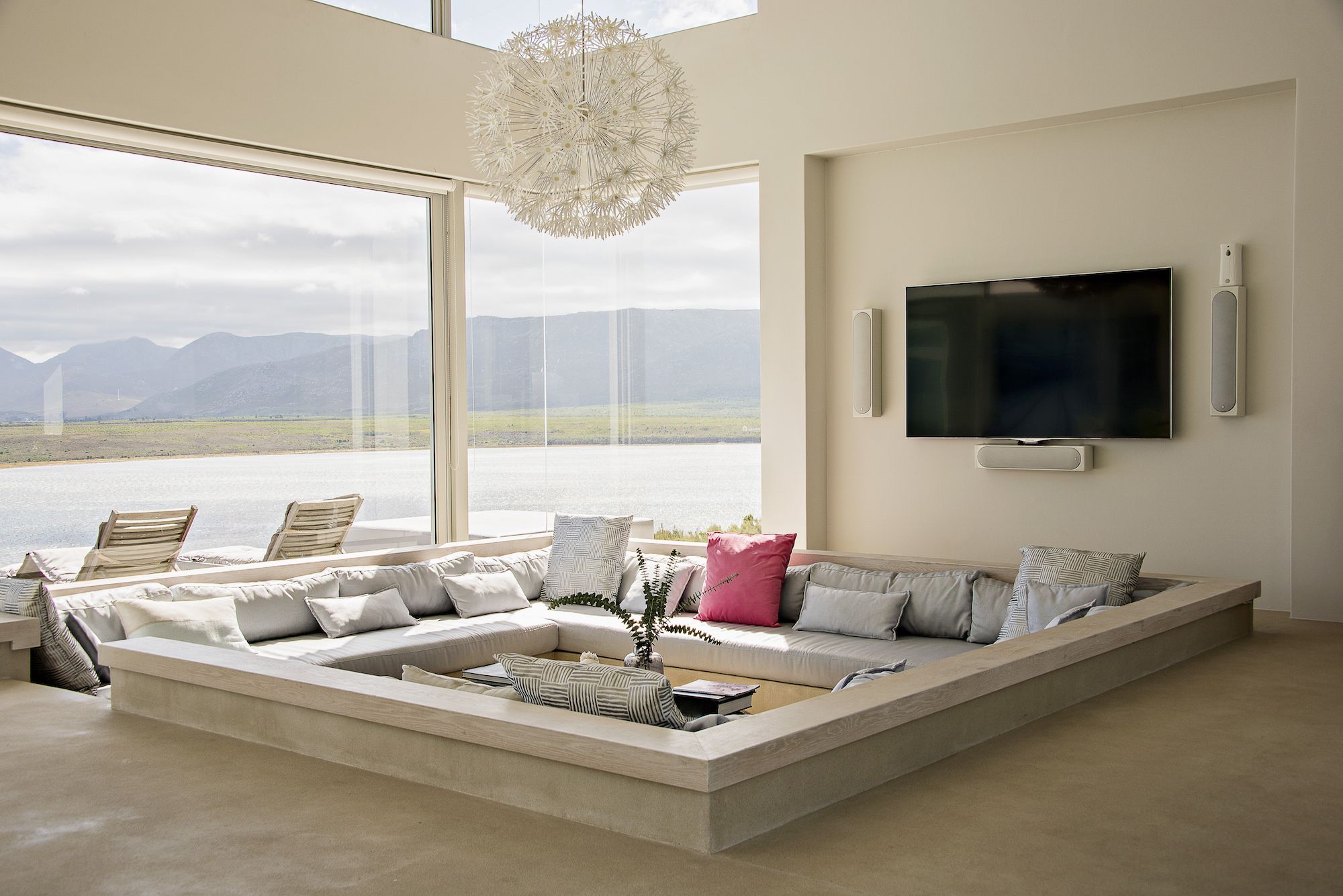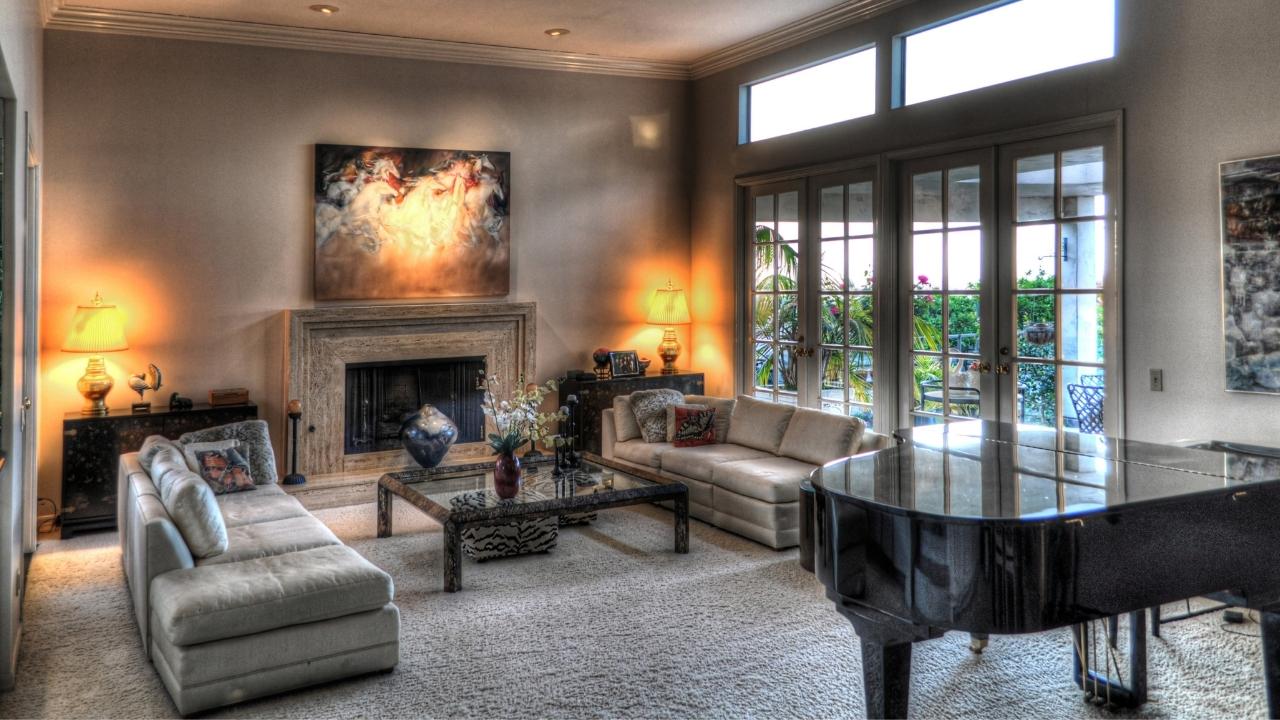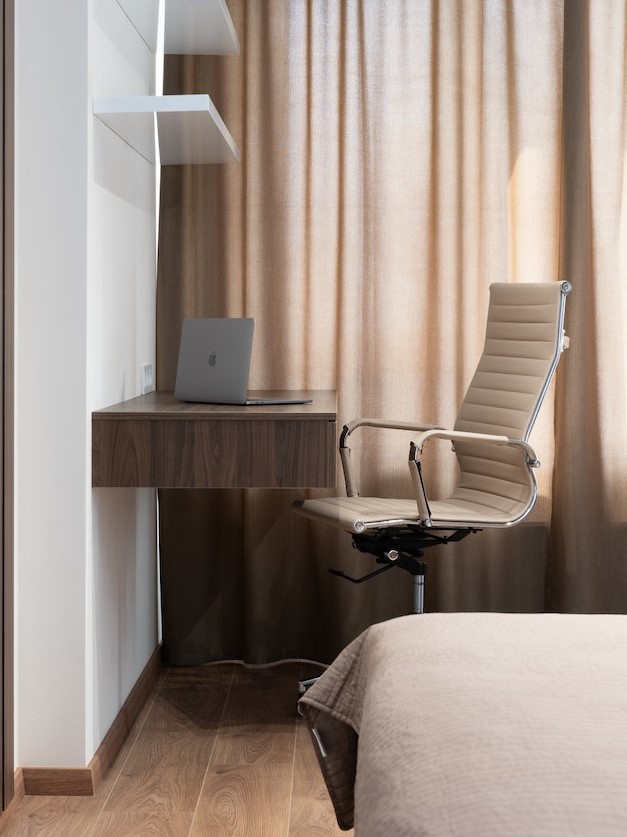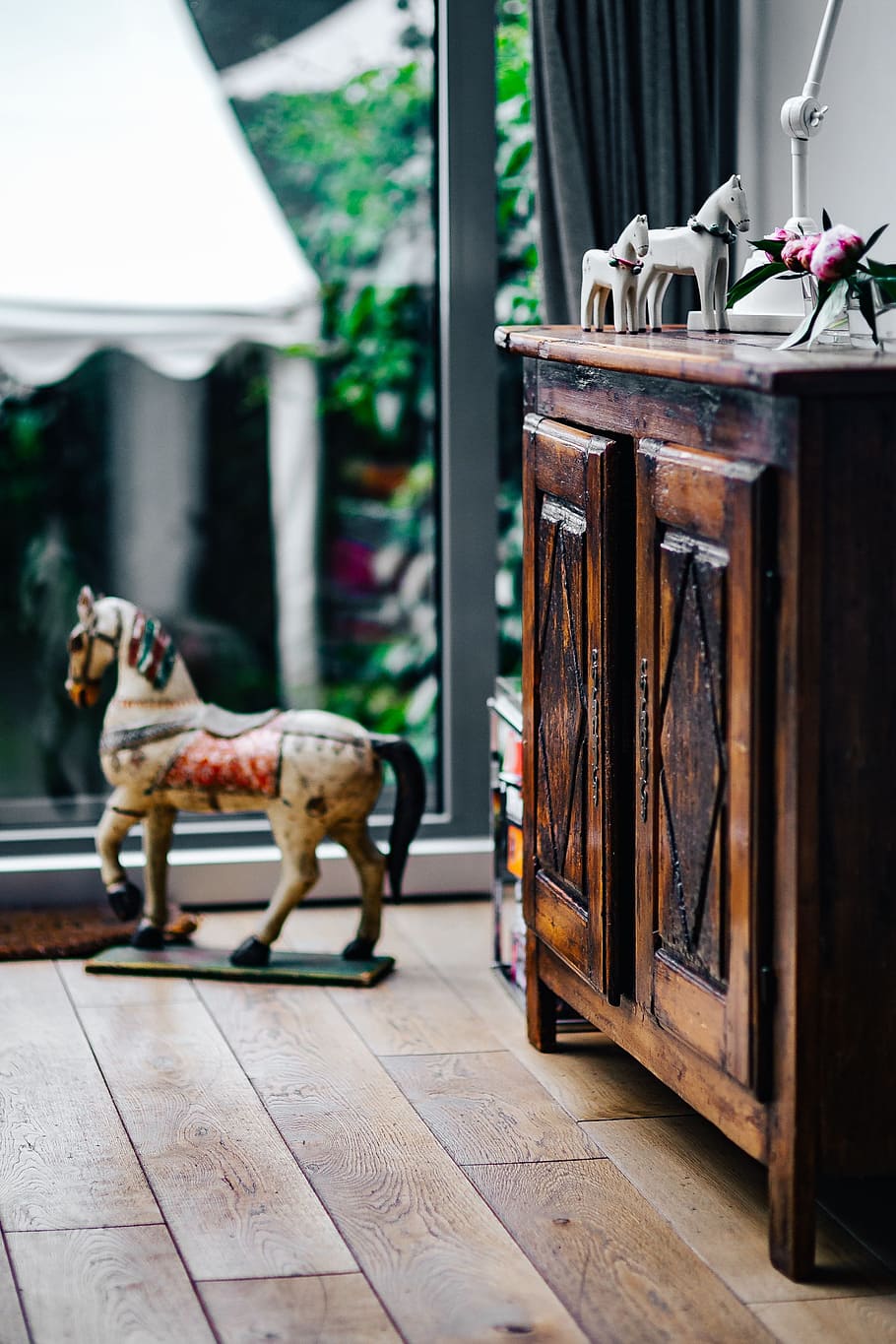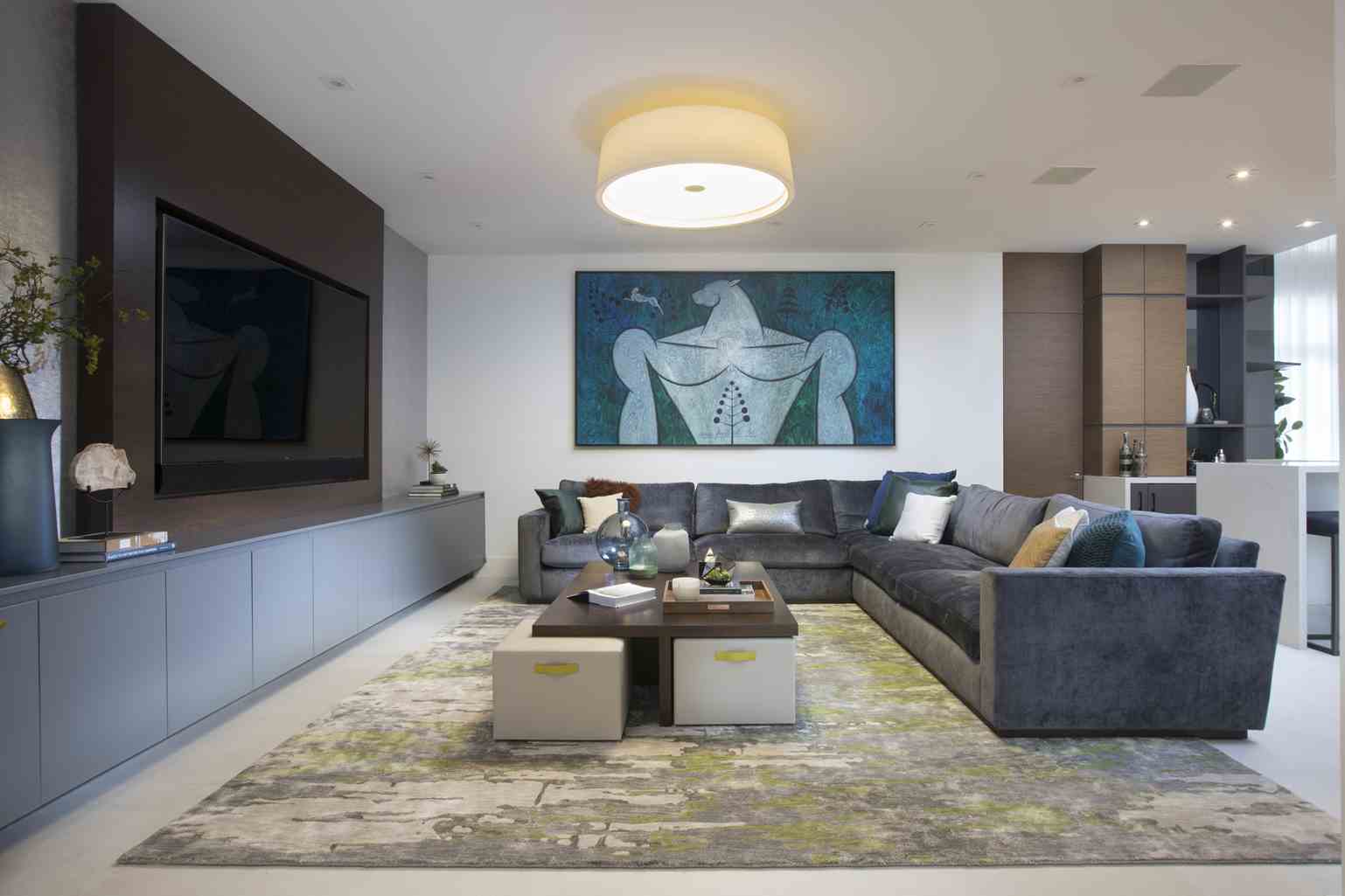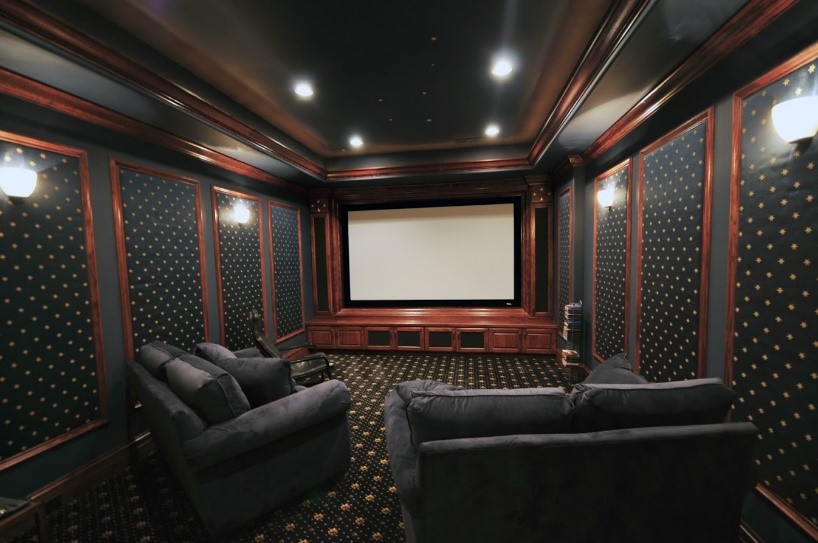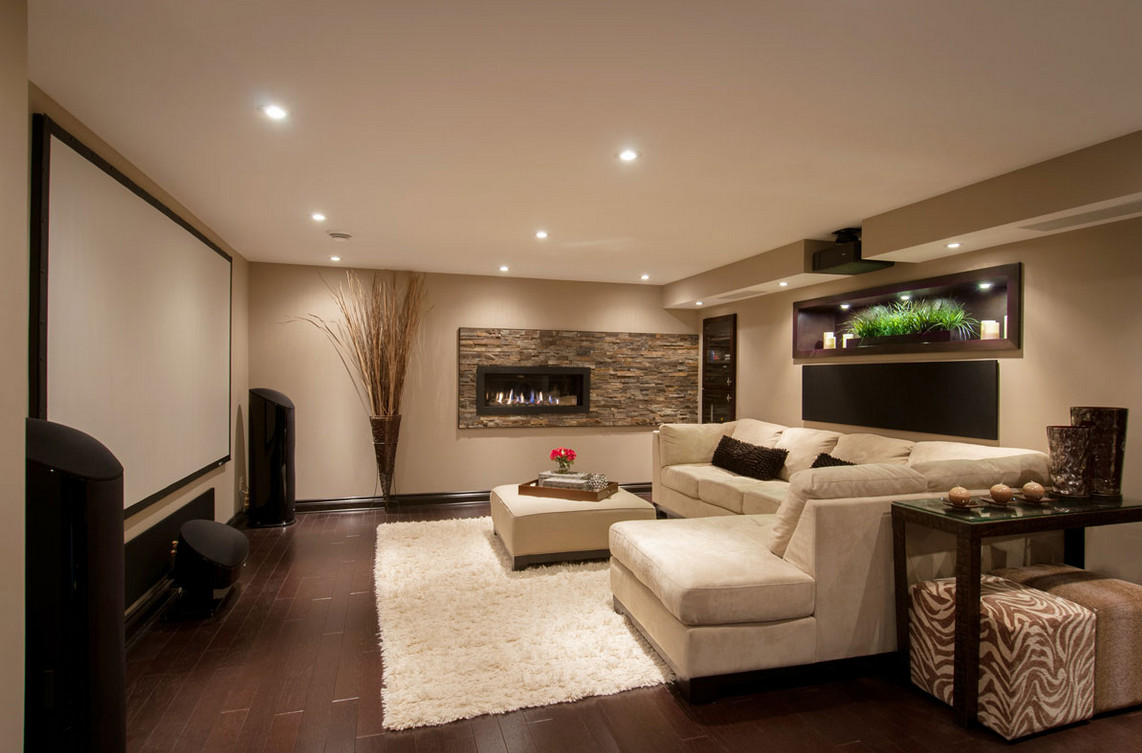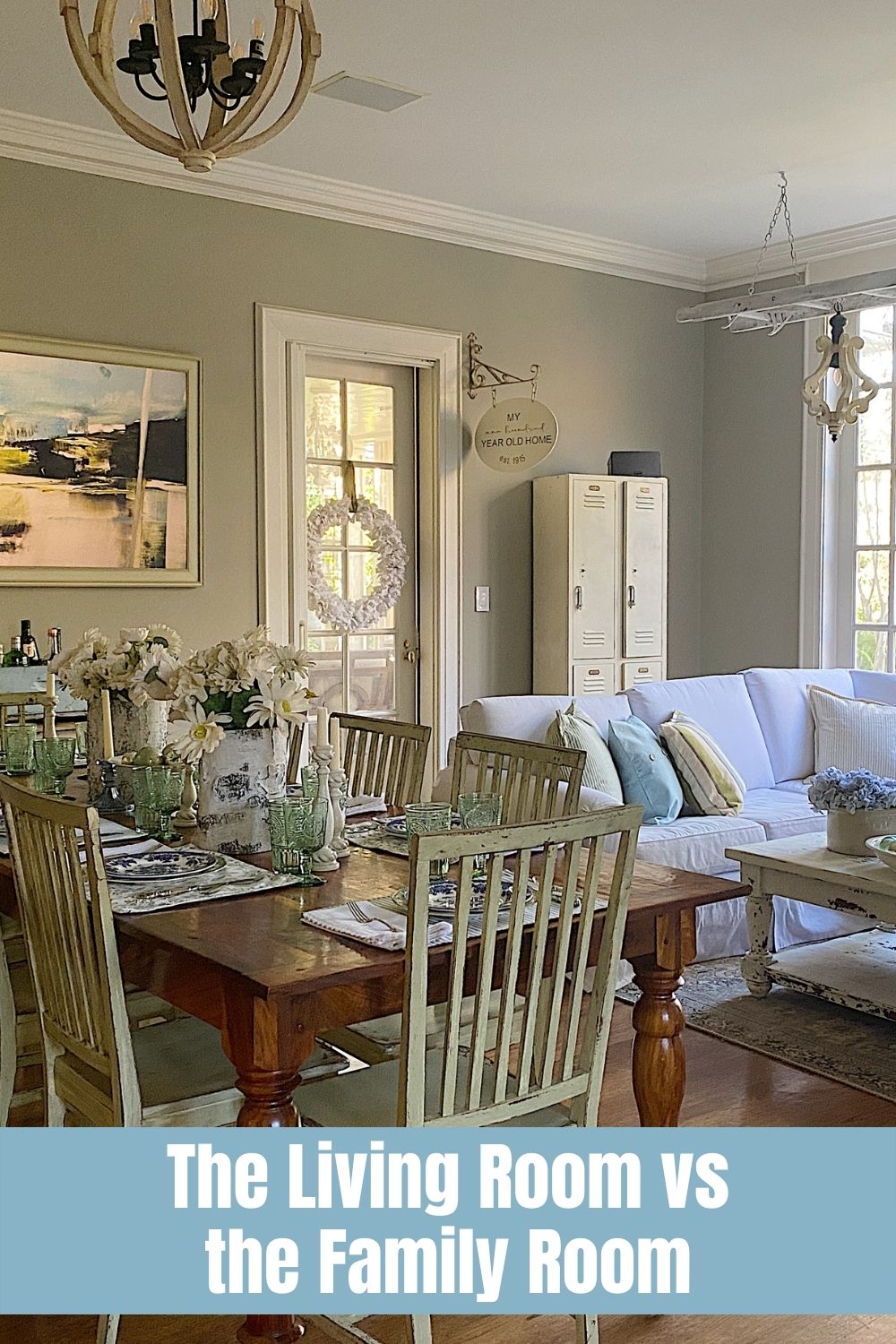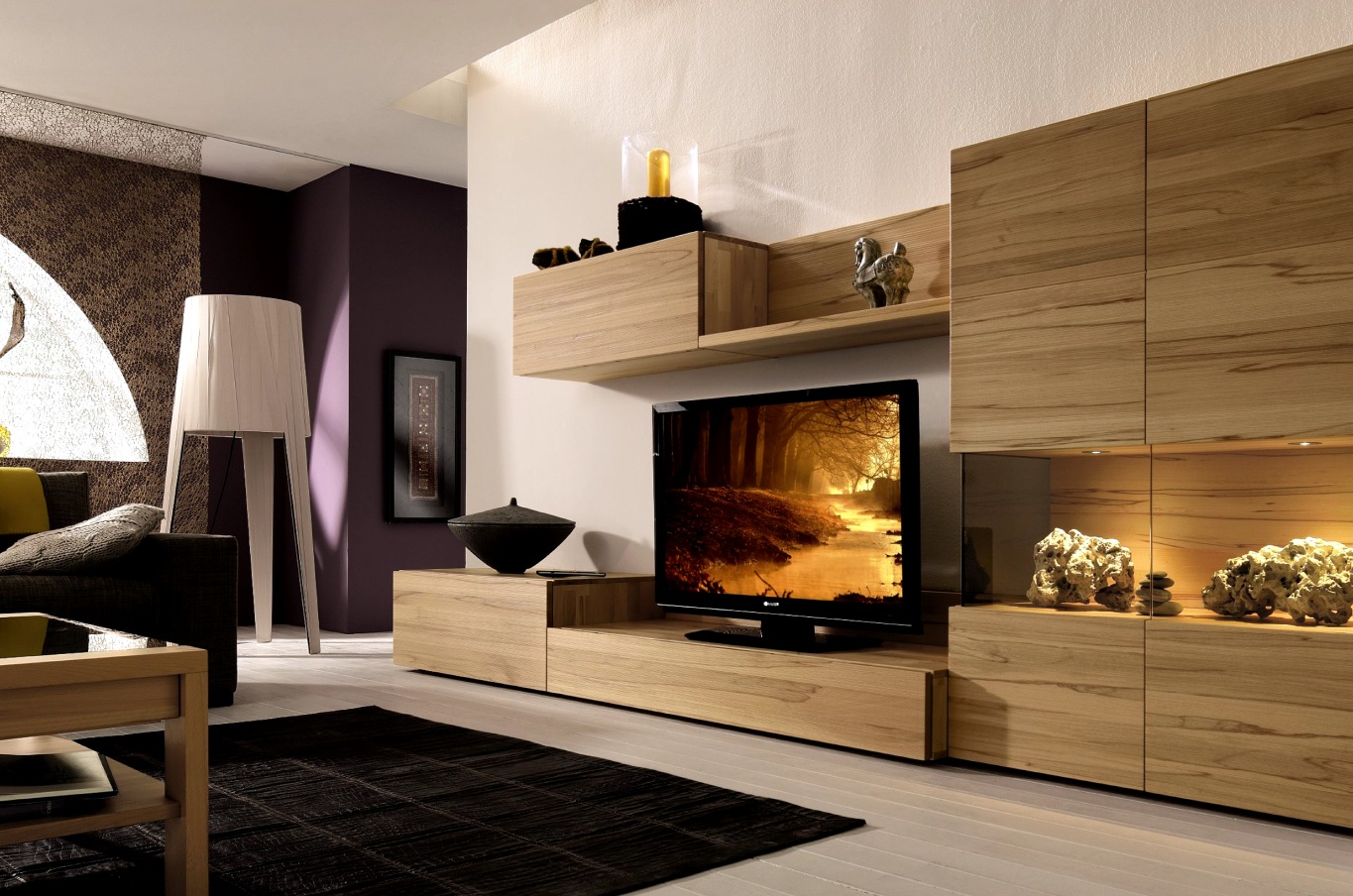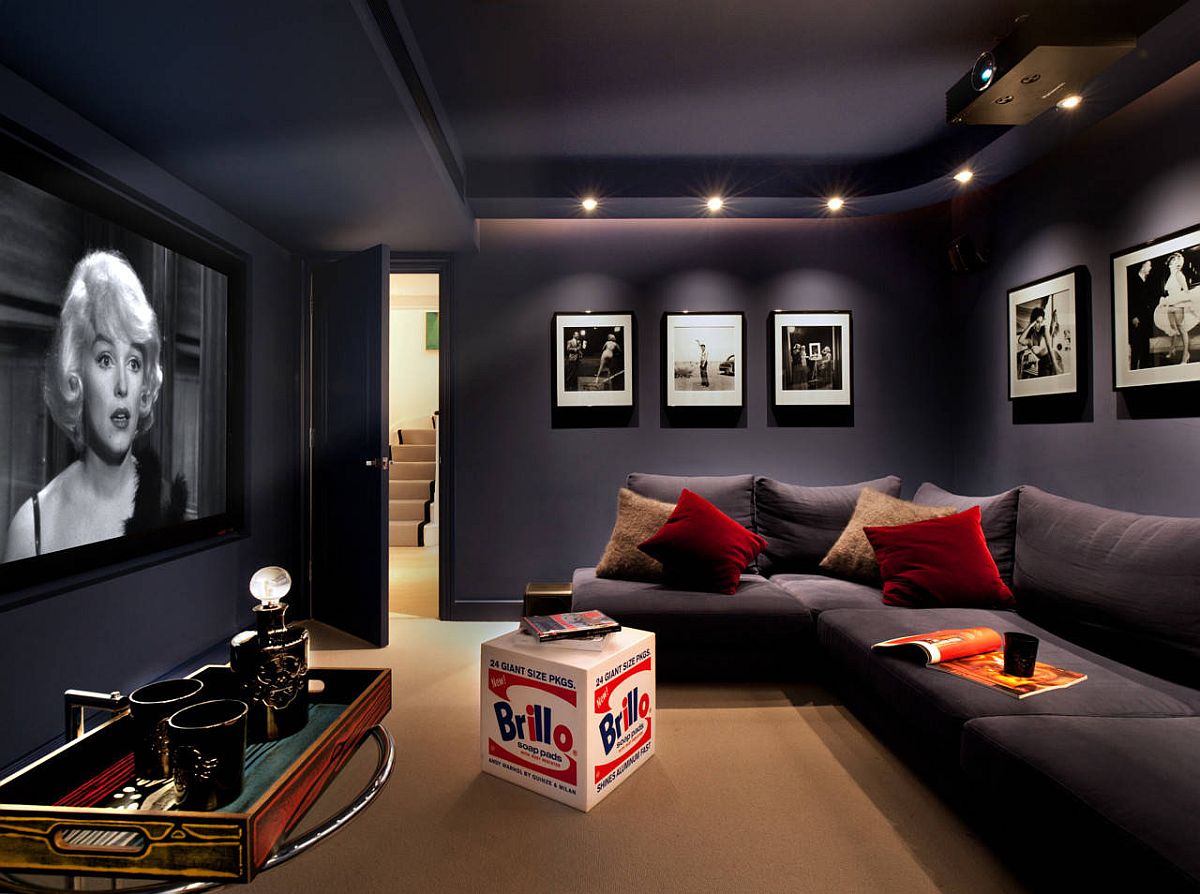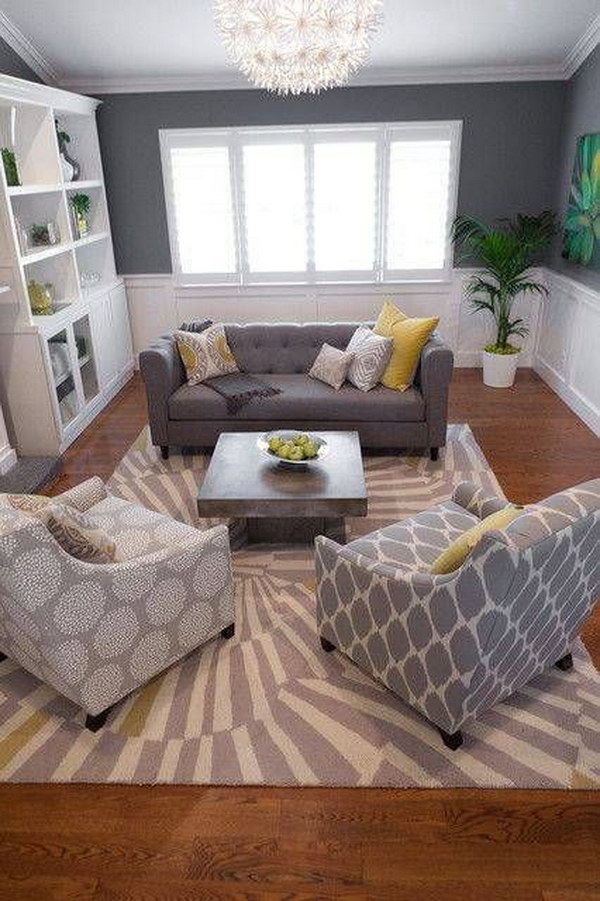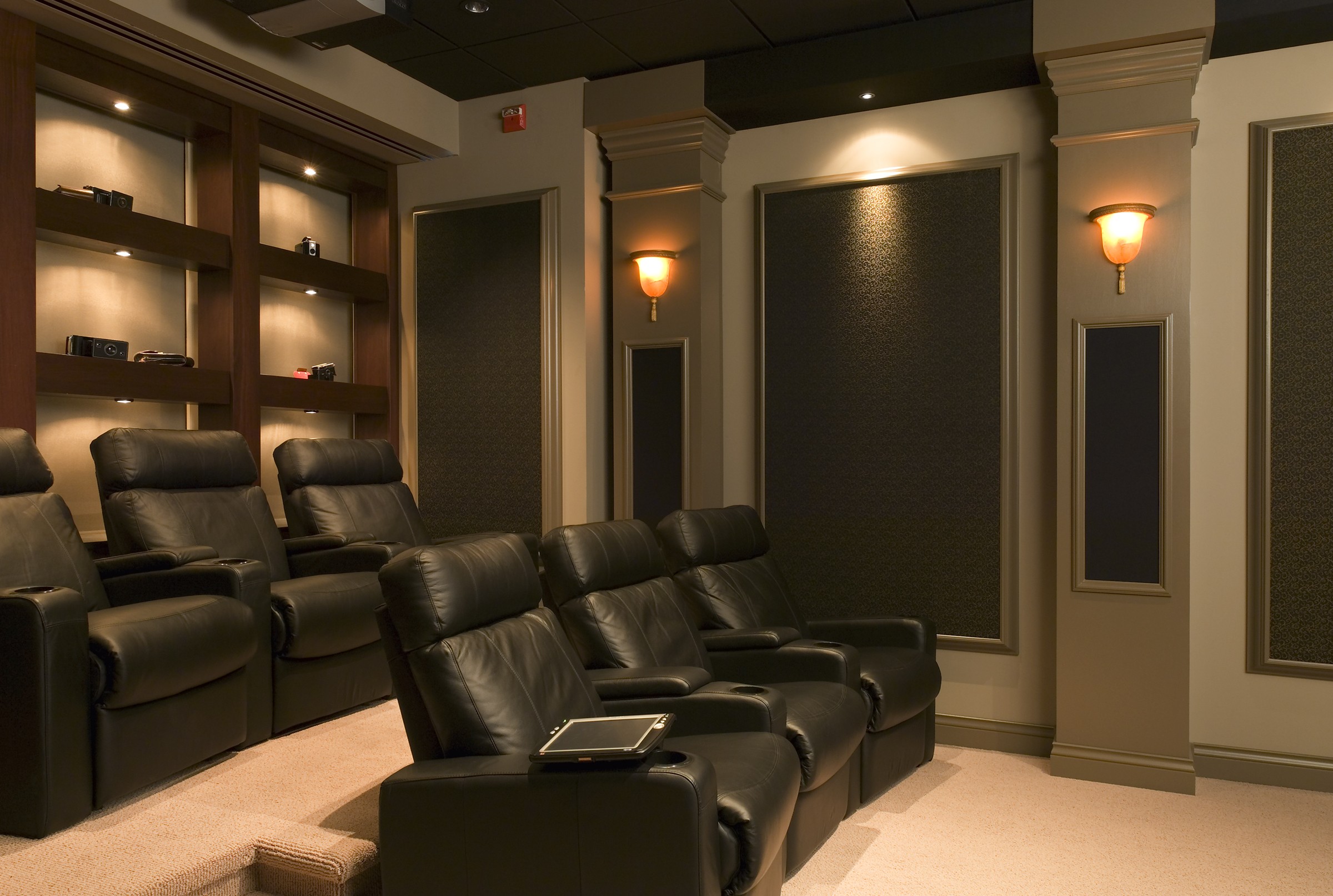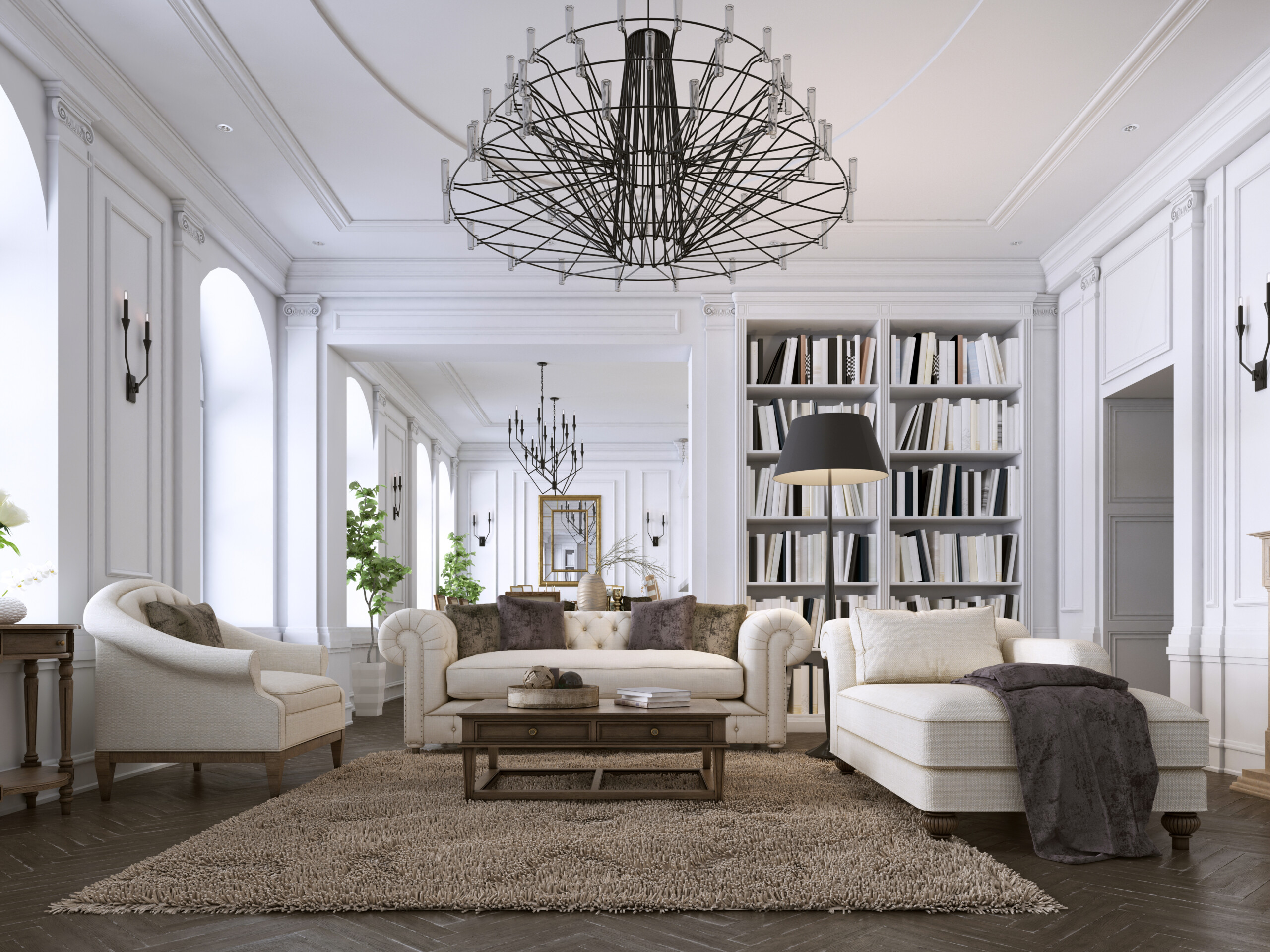When it comes to creating a dedicated space for entertainment and relaxation in your home, the two most popular options are a media room and a living room. Both serve as a gathering place for family and friends, but they have distinct differences in their design, purpose, and functionality. If you're looking to upgrade your home with a new entertainment space, it's important to understand the difference between a media room and a living room to determine which one is right for you. Media Room vs Living Room: What's the Difference?
The main difference between a media room and a living room is their primary function. A media room, also known as a home theater or entertainment room, is specifically designed for watching movies, TV shows, and playing video games. It typically has a large screen or projector, comfortable seating, and specialized sound and lighting systems. On the other hand, a living room is a multifunctional space that serves as a central gathering place for daily activities such as watching TV, reading, socializing, and even dining. Media Room vs Living Room: Which One is Right for You?
Before deciding on which type of room to incorporate into your home, it's important to understand the pros and cons of each. A media room offers a private and immersive movie-watching experience, with the ability to control the lighting and sound for optimal viewing. However, it can be an expensive investment and may not be used as frequently as a living room. On the other hand, a living room is a more versatile space that can be used for a variety of activities, but it may lack the specialized equipment and setup of a media room. Media Room vs Living Room: Pros and Cons
When it comes to design and functionality, a media room is typically designed with a dark color scheme, plush seating, and blackout curtains to enhance the viewing experience. It may also have built-in shelves or cabinets to store media devices and a mini-fridge for snacks. A living room, on the other hand, is more open and inviting, with a lighter color scheme and a mix of seating options such as sofas, chairs, and ottomans. It may also have a coffee table, bookshelves, and decorative accents to create a comfortable and welcoming atmosphere. Media Room vs Living Room: Design and Functionality
As mentioned before, a media room can be a significant financial investment due to the specialized equipment and furniture needed. This includes a large screen or projector, surround sound system, comfortable seating, and soundproofing materials. The cost can range from a few thousand dollars to tens of thousands of dollars depending on the quality of the equipment and the size of the room. In comparison, a living room can be set up with a TV, comfortable seating, and some decorative elements for a fraction of the cost. Media Room vs Living Room: Cost Comparison
When it comes to entertainment options, a media room has the upper hand. With its specialized equipment and setup, it offers a more immersive viewing experience for movies, TV shows, and video games. It can also be used for hosting movie nights or sports viewing parties. A living room, while it may not have the same level of equipment, still offers a variety of entertainment options such as watching TV, playing board games, and socializing with friends and family. Media Room vs Living Room: Entertainment Options
In terms of space and layout, a media room typically requires a dedicated room with minimal natural light and distractions to enhance the viewing experience. It may also have tiered seating for optimal viewing and sound. A living room, on the other hand, can be incorporated into an open floor plan or a larger room and can be designed to fit the needs and preferences of the homeowner. Media Room vs Living Room: Space and Layout
As mentioned before, a media room has specialized sound and lighting systems to create a more immersive experience. This includes surround sound speakers and dimmable lighting that can be controlled through a remote or a smartphone app. A living room may have a TV with built-in speakers and standard lighting options such as overhead lights and lamps. Media Room vs Living Room: Sound and Lighting
When it comes to furniture and decor, a media room typically has comfortable and reclining seating options such as sofas and recliners. It may also have movie-themed decor such as posters and movie memorabilia. A living room, in comparison, has a wider range of furniture and decor options, including sofas, chairs, coffee tables, and decorative accents such as rugs, curtains, and wall art. Media Room vs Living Room: Furniture and Decor
One of the main advantages of a living room is its versatility and the ability to personalize it to fit the homeowner's lifestyle and needs. It can be used for a variety of activities and can easily be updated with new furniture and decor. On the other hand, a media room is more specific in its use and may not be as easily adaptable to different needs and preferences. In conclusion, both a media room and a living room have their own unique features and benefits. It ultimately comes down to your personal preferences, budget, and lifestyle. Whether you choose a media room or a living room, both can add value and enjoyment to your home. So, why not consider adding one of these spaces to your home and elevate your entertainment experience? Media Room vs Living Room: Personalization and Use
The Differences Between a Media Room and a Living Room
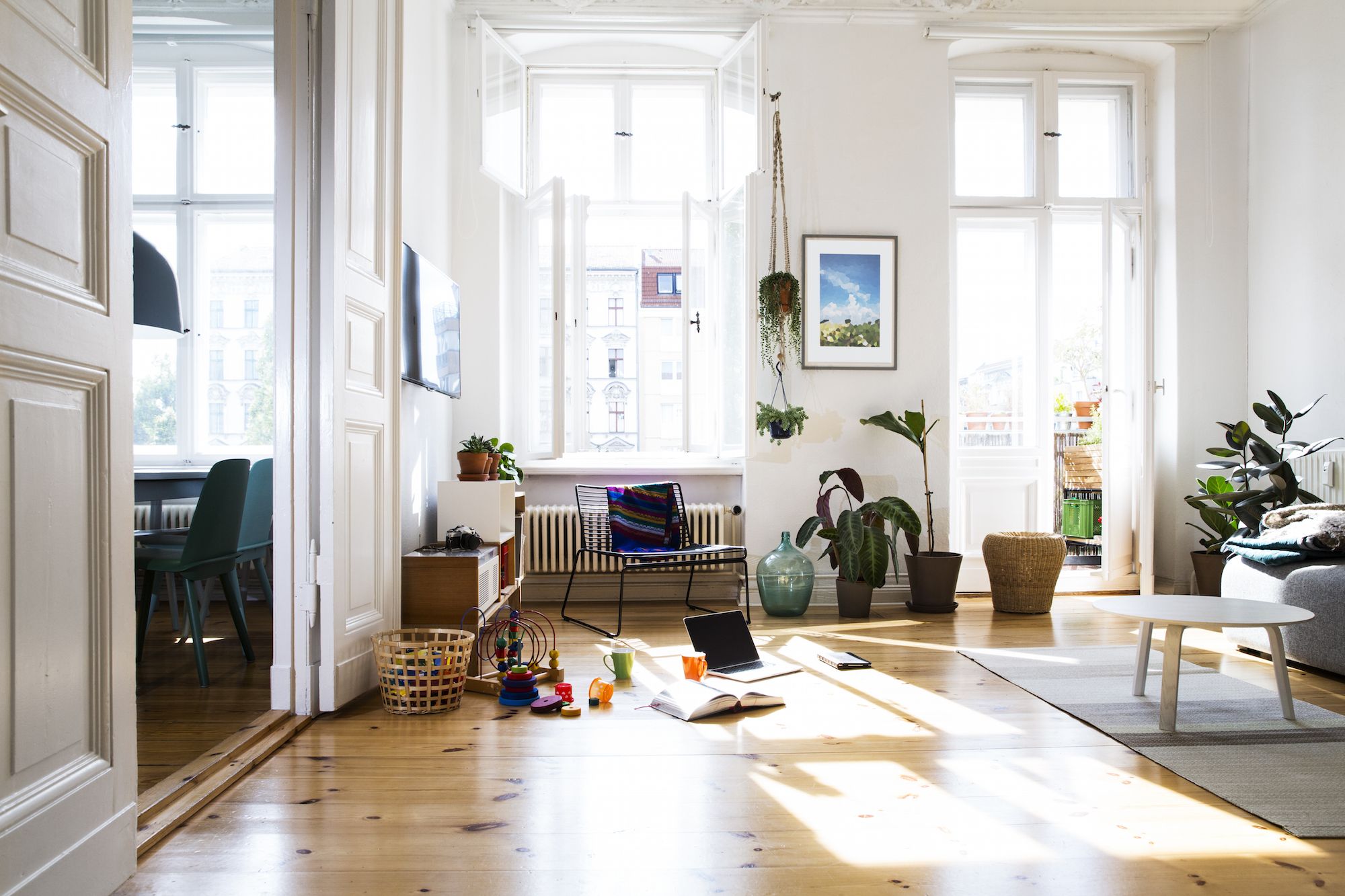
Exploring the Purpose and Function of Two Essential Spaces in Your Home
 When designing a house, it's important to carefully consider the purpose and function of each room. Two common spaces that often get confused are the media room and the living room. While both serve as gathering places for family and friends, there are distinct differences between the two that should be taken into account when designing and decorating your home.
The Main Purpose of a Media Room
A media room, also known as a home theater or entertainment room, is a space solely dedicated to watching movies, TV shows, and playing video games. The main focus of a media room is to provide an immersive experience, with high-quality audio and visual equipment.
Unlike a living room, a media room is not a multi-functional space and is specifically designed for entertainment purposes.
This means that the layout, furniture, and décor of a media room should be centered around the viewing experience.
When designing a house, it's important to carefully consider the purpose and function of each room. Two common spaces that often get confused are the media room and the living room. While both serve as gathering places for family and friends, there are distinct differences between the two that should be taken into account when designing and decorating your home.
The Main Purpose of a Media Room
A media room, also known as a home theater or entertainment room, is a space solely dedicated to watching movies, TV shows, and playing video games. The main focus of a media room is to provide an immersive experience, with high-quality audio and visual equipment.
Unlike a living room, a media room is not a multi-functional space and is specifically designed for entertainment purposes.
This means that the layout, furniture, and décor of a media room should be centered around the viewing experience.
Designing the Perfect Media Room
 When designing a media room, it's important to consider the placement of the TV or projector screen. It should be the focal point of the room and easily visible from any seating area.
Comfort and relaxation are key in a media room, so plush, comfortable seating is a must-have. Consider adding beanbag chairs, recliners, or a large sectional sofa to accommodate a group of people.
Soundproofing is also crucial to creating an optimal viewing experience, so be sure to use sound-absorbing materials and rugs to reduce noise.
The Main Purpose of a Living Room
On the other hand, a living room is a more versatile space that serves as a gathering area for various activities.
It is the heart of the home and often used for socializing, entertaining guests, and relaxing with family.
A living room is also a reflection of the homeowner's style and personality, making it a space that can be decorated and designed in a variety of ways.
When designing a media room, it's important to consider the placement of the TV or projector screen. It should be the focal point of the room and easily visible from any seating area.
Comfort and relaxation are key in a media room, so plush, comfortable seating is a must-have. Consider adding beanbag chairs, recliners, or a large sectional sofa to accommodate a group of people.
Soundproofing is also crucial to creating an optimal viewing experience, so be sure to use sound-absorbing materials and rugs to reduce noise.
The Main Purpose of a Living Room
On the other hand, a living room is a more versatile space that serves as a gathering area for various activities.
It is the heart of the home and often used for socializing, entertaining guests, and relaxing with family.
A living room is also a reflection of the homeowner's style and personality, making it a space that can be decorated and designed in a variety of ways.
Designing the Perfect Living Room
 When designing a living room, it's important to consider the overall aesthetic and flow of the space.
Comfort and functionality are key, so choose furniture that is both stylish and comfortable.
Consider incorporating a mix of seating options, such as a sofa, armchairs, and ottomans, to create a welcoming and comfortable atmosphere. In terms of décor, the living room is a great space to showcase your personal style with artwork, throw pillows, and other decorative accents.
When designing a living room, it's important to consider the overall aesthetic and flow of the space.
Comfort and functionality are key, so choose furniture that is both stylish and comfortable.
Consider incorporating a mix of seating options, such as a sofa, armchairs, and ottomans, to create a welcoming and comfortable atmosphere. In terms of décor, the living room is a great space to showcase your personal style with artwork, throw pillows, and other decorative accents.
The Verdict: Media Room vs Living Room
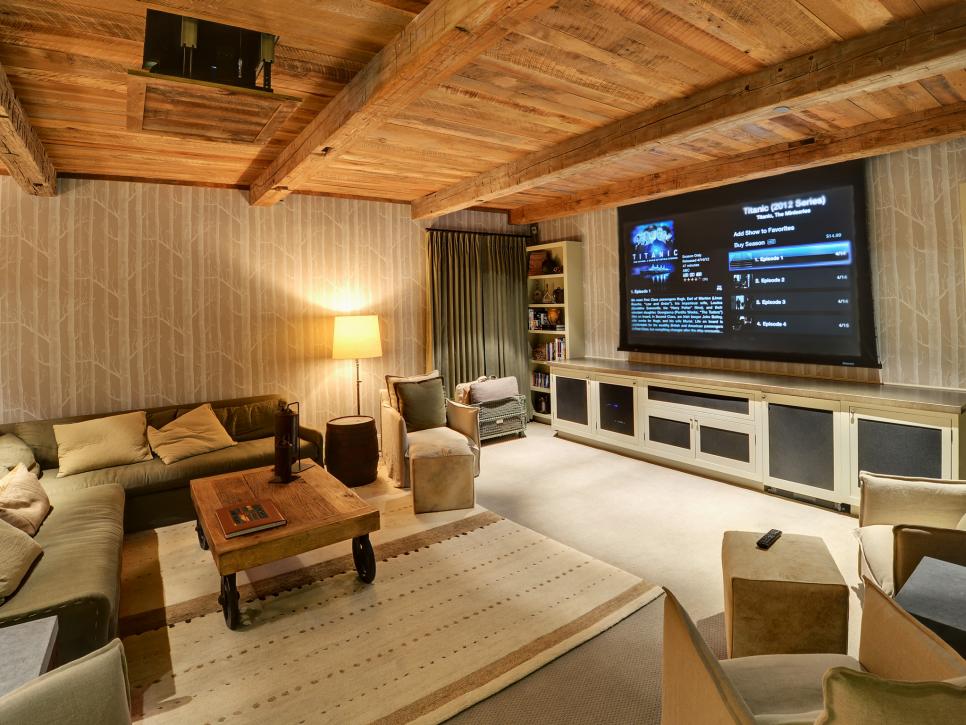 In conclusion, the main difference between a media room and a living room is their purpose and function. A media room is specifically designed for entertainment and should have a layout and décor that enhances the viewing experience. A living room, on the other hand, is a multi-functional space for socializing, relaxing, and showcasing personal style. Both spaces are important in a home and should be carefully considered and designed to meet the needs and preferences of the homeowner.
In conclusion, the main difference between a media room and a living room is their purpose and function. A media room is specifically designed for entertainment and should have a layout and décor that enhances the viewing experience. A living room, on the other hand, is a multi-functional space for socializing, relaxing, and showcasing personal style. Both spaces are important in a home and should be carefully considered and designed to meet the needs and preferences of the homeowner.

